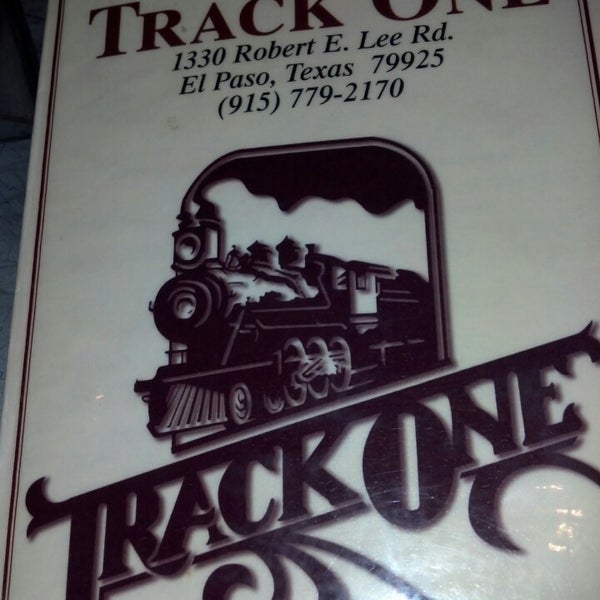


The Public Service Commission has established Principles for REV Demonstrations. REV demonstration projects (REV Demos) are partnerships between a utility and third-party market actors to develop new business models and to gain experience with DER integration. Non-wires alternative (NWA) projects allow utilities to defer or avoid conventional infrastructure investments by procuring distributed energy resources that lower costs and emissions while maintaining or improving system reliability.

See the Order Adopting Distributed System Implementation Plan Guidance Įnergy efficiency transition implementation plans (ETIP) describe a utility’s energy efficiency program portfolio, budget, and efficiency targets. Each utility released a DSIP and jointly released a supplemental DSIP to provide the public with information on their DSP plans and system data. Market operations: pricing and market settlement for DERĭistributed system implementation plans (DSIP) are the central vehicle for improved utility planning, investment, and operations.Reliable grid operations: safe and reliable service with integration of DER.Integrated system planning: analysis and planning for system needs integrating DER.DSP functions fall into three categories: As utilities mature as a DSP, energy and data will flow across the grid in multiple directions to allow storage, microgrids, demand-response technology, and other innovative services to increase efficiency while lowering costs and harmful emissions.ĭER solutions will remain primarily a non-utility service provided by the competitive market while utilities as a DSP will integrate DER into the energy system. Track One further highlights the benefits of non-wires alternatives and REV demonstration projects to achieve REV goals.ĭistributed system platforms (DSP) are the foundational network platforms of the electric grid envisioned under REV, enabling market-friendly connections between distributed energy resources (DER), large-scale power generators, customers, and other parts of the energy system. Additionally, following Track One, utilities obtained approval from the State’s regulatory body, the Public Service Commission, for their energy efficiency plans. Distributed system implementation plans outline future utility investments as well as opportunities for the market to meet energy system needs with distributed solutions. Track One lays out several major steps to enable this shift. Under REV New York State’s six investor-owned utilities are evolving into distributed system platforms (DSP).


 0 kommentar(er)
0 kommentar(er)
